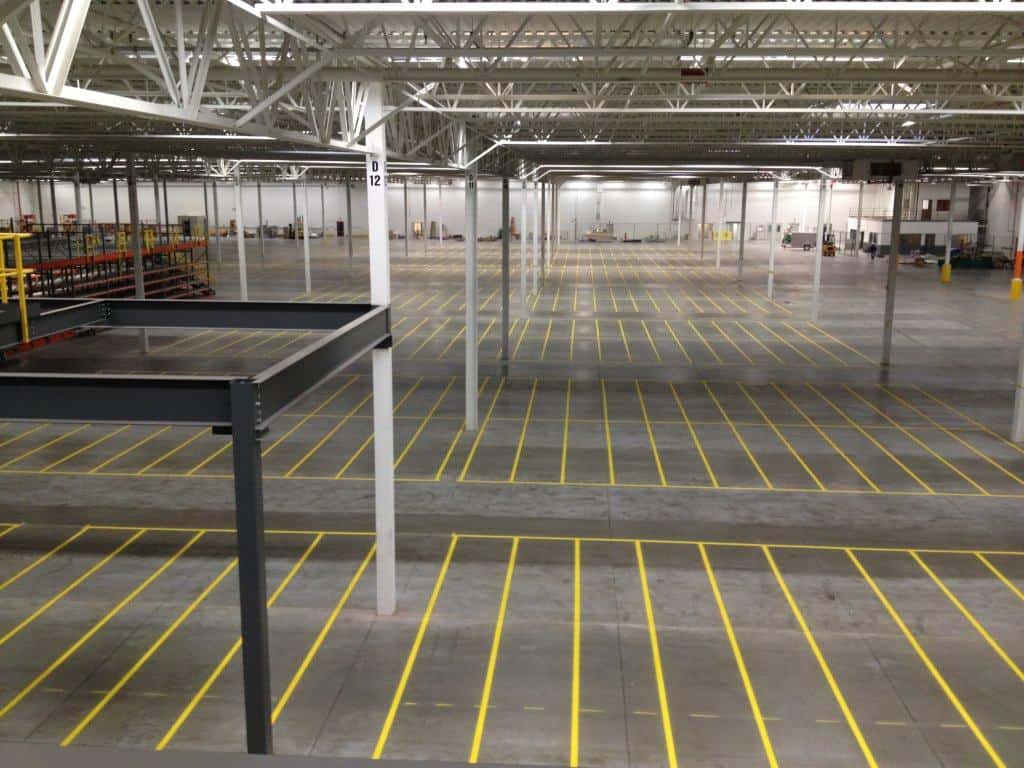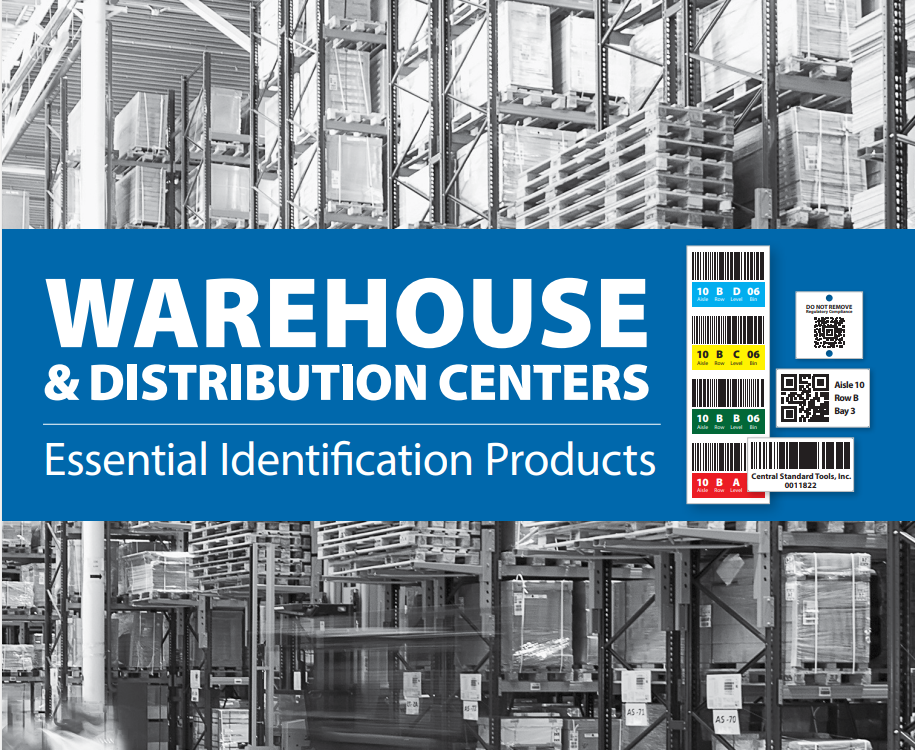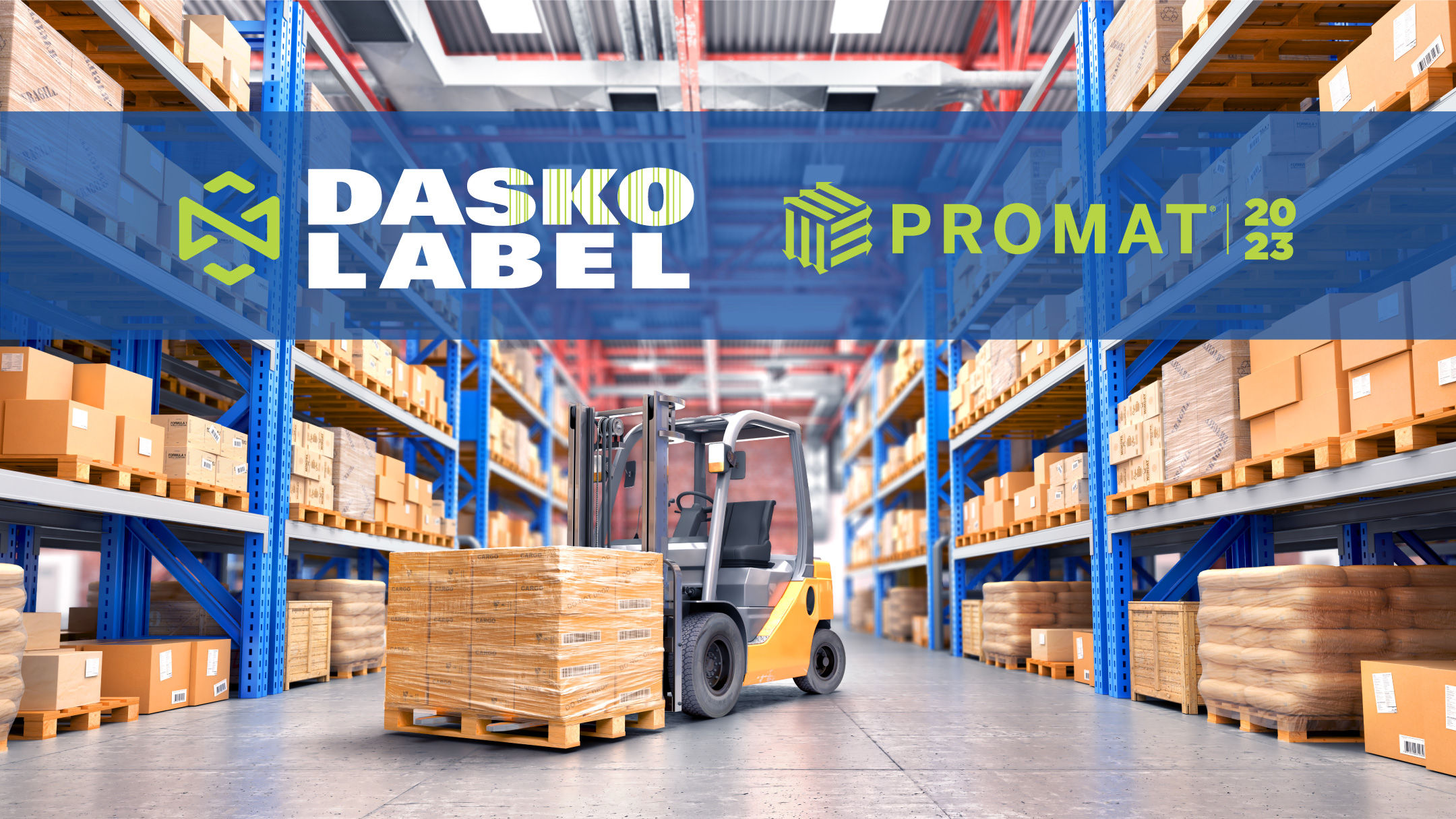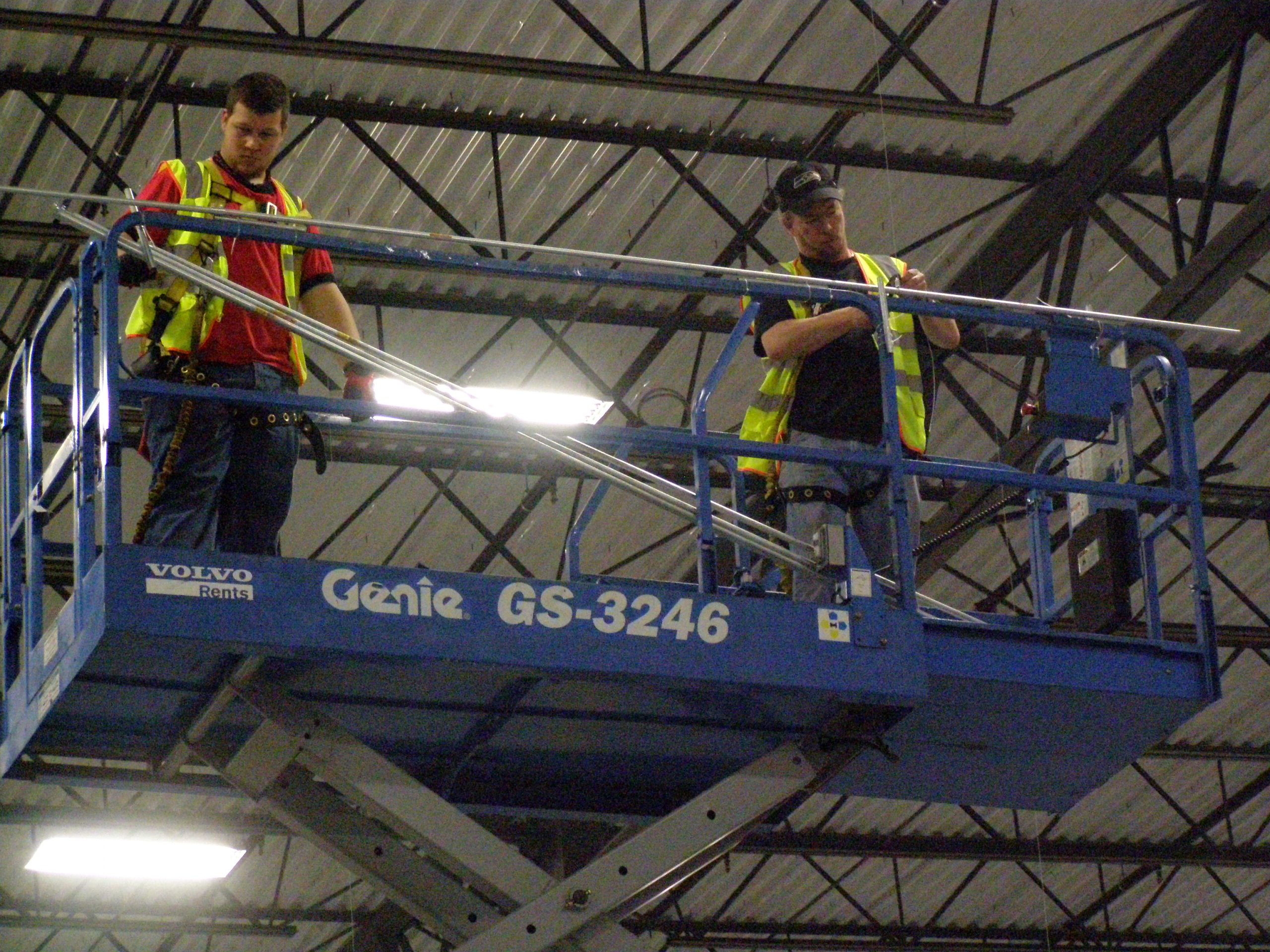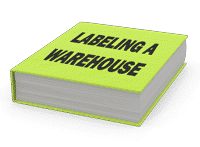Written By: Larry Sportello and Ken Booth
Published By: ISIT.com
The day is coming when any business of 25 employees or more will have at least one bar code printing machine on location. Why? The printers will be generating bar coded shipping labels mandated by customers. Compliance with AIAG, TCIF, HIBCC (automotive, telecommunications, and health care industries bar coded label standards), and other “quick response” product and shipping label standards will facilitate EDI transactions between trading partners. On-site printing equipment will be useful in generating certain criteria-oriented bar codes for document tracking and inventory control. Work in process may need to be tagged with detailed, on-demand information that two-dimensional symbologies are designed to encode. The usefulness of on-site thermal transfer, laser, thermal direct, and dot matrix printers will expand as businesses become more automated.
Will on-site printing solve all our bar code automation needs? No-it doesn’t follow that using these omnipresent machines to print labels in-house can meet all of the ever-growing bar coding requirements. On the contrary, as bar automation and the information superhighway expand into an ever-broadening range of demanding industrial and commercial applications, pre-printed bar code labels developed by an experienced label vendor will, in many cases, continue to be the prudent and cost-efficient choice.
Case by Case Seven actual case histories may help to illustrate why use of vendor-developed preprinted labels will continue to grow.
- Printed Circuit Board Manufacturer: Space limitations on new-generation, densely populated boards required a reduction of bar code label size to 1.0 by 0.10 inch. On-site printing equipment was unable t o generate a label to meet print quality and reduced-size requirements. Preprinted labels provided a solution that met both scanning and processing requirements
- Electric Utility: Bar coded asset labels were specified to have a minimum of six years and a maximum of ten years exterior durability. On-site printed labels with polyester facestocks had been tested and they'd failed in less than two years. Preprinted polyester labels overlaminated with acrylic film and photographic aluminum labels were unchanged after two years, and both labels passed accelerated aging tests. Specifications were issued for the two types of preprinted labels that met the performance requirements.
- Electronics Components Manufacturer: The company chose to print labels on site, but discovered that machine maintenance of the on-site equipment was expensive, time consuming, and problematic. Personnel turnover added to the frustration. Labels purchased from a qualified vendor proved to be significantly more cost effective than printing labels on site.
- Aerospace Company: Bar code labels were produced for use in the company's large warehouses, using 8 1/2- by 11-inch sheets of pressure-sensitive-backed paper and hand-applied polyester film to seal the surface. Material cost of 10 cents per label was significantly lower than the $1-per-label cost for polyester labels from a label converter. The decision was made to print the labels in house, but two months after the labels were installed, they all failed. Humid summer conditions caused moisture to wick into the paper facestock under the hand-applied film. The labels wrinkled, delaminated, lost opacity, and were unreadable. The labor and material cost of replacing them far exceeded the initial costs of purchasing preprinted labels.
- Automotive Components Manufacturer: Bar code labels were to be placed on curved surfaces where they were exposed to chemical fumes and occasionally immersed in fuel and oil. A variety of labels were tested and none of the labels produced by on-site printing survived. One preprinted label that had been specifically designed for curved surface adhesion and chemical resistance passed and was selected for the program.
- Large Retailer: Bar code identification labels were printed on site and applied to polypropylene bins as part of a major warehouse automation program. Adhesion of the labels to the bins was less than satisfactory. In addition, the bar code images failed to give good results with the fixed station scanning system that was being installed to track bin movement. A qualified label printer was called in for consultation. Label modifications were tested to fine tune the bar code to meet the distance and line speed requirements of the application and scanning system. Adhesives were evaluated and the optimum combination was selected. The experience of the label vendor proved invaluable in accelerating the program to a successful conclusion.
- Disk Drive Manufacturer: A new product line of very small disk drives presented a product identification problem. The only space available to place a six-digit bar code label was 0.2 by 0.4 inches in size. On-site printing methods didn't have the flexibility to print the necessary size or label design. Conventional symbology, ultra-high-density bar code labels wouldn't fit. Direct etching using one of the new 2D symbologies, was also determined to be undesirable. An unconventional approach solved the problem. The label supplier, working with a scanner manufacturer, supplied a new symbology and modified decoding wedges connected to conventional scanners to provide six digits of high-resolution, readable code in a 0.25inch-wide space.
So…what approach should be taken when considering a new bar code application? Consider the similarities between solving this problem and determining how to tackle an electrical problem in the home.
In considering the electrical problem, you might or might not choose to do it yourself. Is the application straightforward, like replacing a two-way outlet or adding an outdoor spotlight, where the tools and time are readily available? Or is there more to the project than you might initially consider, like high voltage or complex circuitry, where a professional electrical contractor, experienced in avoiding potential pitfalls and providing cost-effective solutions, can assure success in a more regulated fashion?
CONSULT WITH AN EXPERT
One of the best reasons for purchasing preprinted labels is to take advantage of the expertise of the label vendor. A label vendor can provide design, symbology, and materials ideas to enhance your application that may not be available for on-site printing.
Vendor applications testing and experience can be invaluable in problem avoidance. Verification procedures that go beyond bar/space and modulation measurements to matching the bar code to the scanner and the end use environment are a very cost-effective insurance policy. Just as an experienced, trained electrical contractor can provide results, satisfaction, and peace of mind, so an experienced label vendor can provide value and insight beyond the price of the labels.
What is the significance of the seven mini-case histories outlined at the beginning of this article?
- Printed Circuit Board Manufacturer: Requirements do evolve. What do you see ahead for your application? Could it evolve beyond the capabilities of on-site printing?
- Electric Utility: Exterior durability qualifies as a harsh environment and merits quality testing and careful specification writing
- Electronics Components Manufacturer: Do you really want to be in the printing business? Are your people going to be provided with ongoing training to handle the equipment? Have equipment and maintenance costs been factored into the project cost summary?
- Aerospace Company: Label cost should be a minor consideration where bar codes are required to have an extended life.
- Automotive Components Manufacturer: Worst case testing is one of the primary rules to follow in creating satisfaction-guaranteed bar codes
- Large Retailer: A three-way problem-solving partnership between the end user, the scanner manufacturer (or systems integrator), and the label vendor, can be advantageous. Another variation on this theme is when the label manufacturer brings its supplier of specialty films and adhesives to help develop a solution to the problem.
- Disk Drive Manufacturer: Automation technology is evolving rapidly. Good vendors are all involved with "cutting-edge technology" projects. Maybe one of those projects could benefit you if you have a trading partner relationship with your vendor.
In summary, use on-site printing where it meets the basic requirements. Where performance or cost advantages indicate preprinted labels, there are many qualified suppliers ready to help. Evaluate both options for any project that will require time and capital expense. When the words “harsh environment,” “rapid change,” “demanding requirements,” or “millions of labels” enter the conversation, consider these clear signals to evaluate preprinted bar code labels from an experienced bar code label vendor.

